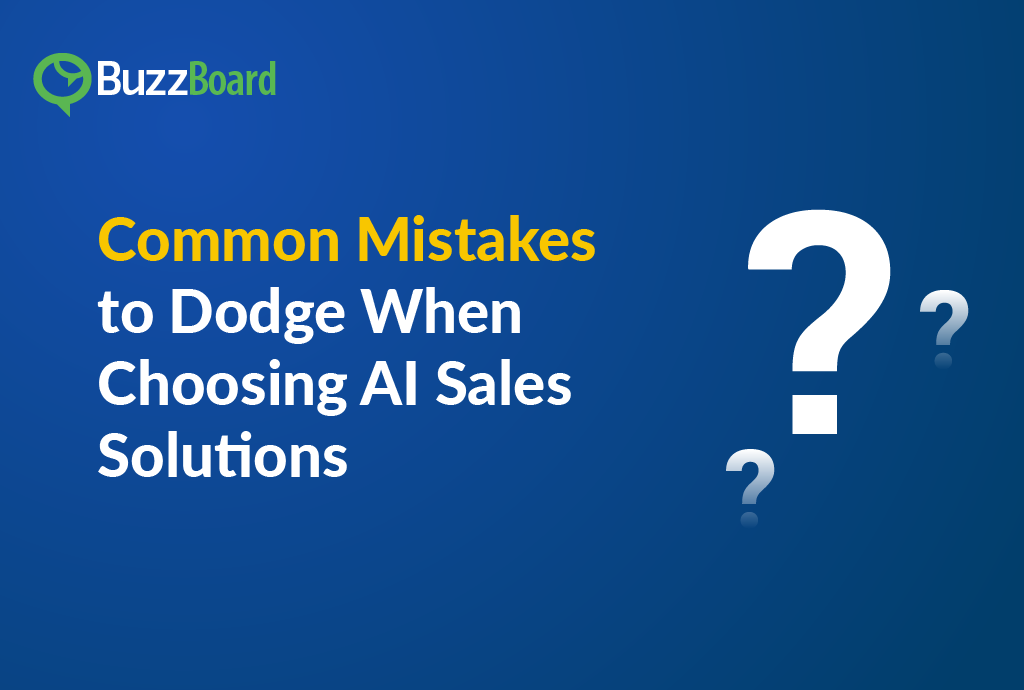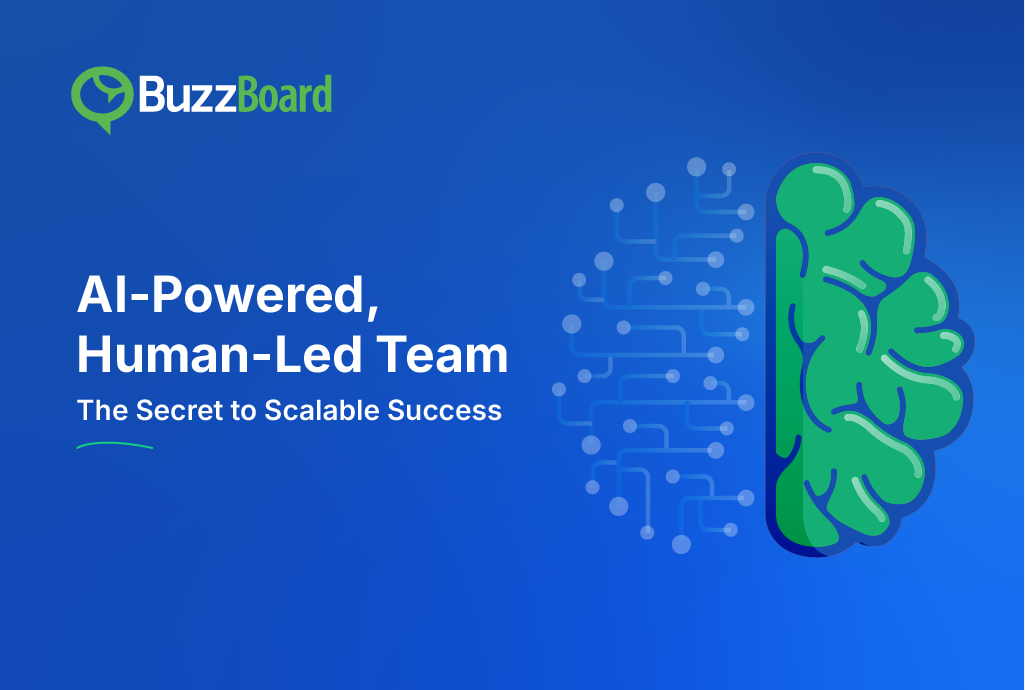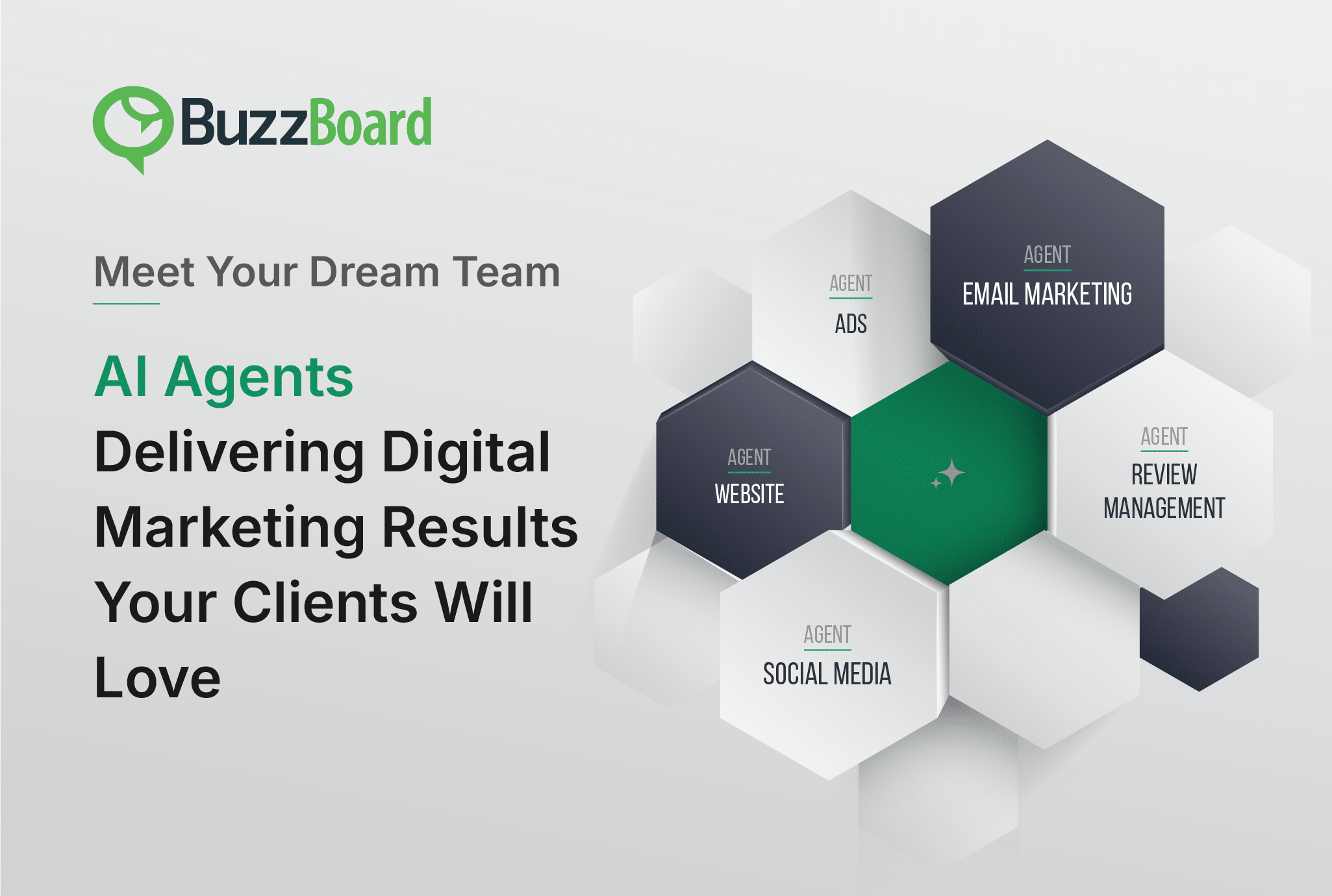Selecting a Sales Solutions
When selecting an AI sales solution, it’s crucial to avoid common pitfalls that can hinder your sales performance.
According to experts, many companies make the following mistakes:
- Insufficient understanding of sales goals: Failing to define clear sales goals and KPIs can lead to misaligned AI solutions.
- Lack of data quality: Poor data quality can result in inaccurate predictions and poor sales performance.
- Inadequate training data: Insufficient training data can lead to biased AI models and poor sales outcomes.
- Overemphasis on technology: Focusing solely on the technology rather than the business outcome can lead to ineffective AI solutions.
- Inadequate integration: Failing to integrate AI solutions with existing sales processes can lead to inefficiencies and poor sales performance.
To avoid these common mistakes, it’s essential to define clear sales goals, ensure high-quality data, and select AI solutions that align with your business objectives. By doing so, you can optimize your sales performance and drive revenue growth.
AI Sales Solutions Make Inroads
Artificial intelligence (AI) has been making significant inroads in various industries, and the field of sales is no exception. AI-driven sales solutions have been gaining momentum, reshaping how businesses approach sales, customer relationship management, and revenue generation. This rising trend is marked by several key factors and innovations, such as predictive analysis, sales process automation, lead scoring and qualification, personalization, to name a few.
But there are always two sides of the same coin! While AI technology has the potential to revolutionize sales operations and boost revenue, its effectiveness largely depends on the choice of the right solutions, and their proper implementations thereafter. For instance, failing to align AI with business goals is like using a ladder to cross a river—if it’s too short, you won’t reach the other side. Another mistake is underestimating data quality. Garbage in, garbage out—AI needs clean, relevant data to shine and to avoid costly setbacks.
Being an AI-powered sales platform, we have seen many B2SMB organizations inadvertently stumble into common pitfalls in their voyage to embrace this technology. Today, we will dissect these prevalent errors to shed light on the factors that must be carefully considered when selecting AI sales solutions.
Not Looking Beyond Features
In the pursuit of AI-driven sales solutions, it’s common to become infatuated with flashy features, often at the expense of the bigger picture—falling short of aligning with your business’s core needs and long-term goals. Plus, obsession with features can lead to overcomplication. Implementing complex solutions that don’t serve your primary objectives can result in confusion, decreased productivity, and a frustrating user experience for your team.
If it is lasting success that you’re eyeing for, it’s imperative to look beyond the surface and prioritize solutions that seamlessly integrate with your specific sales processes, your team’s capabilities, and your unique business objectives. Features should be viewed as tools that serve these greater purposes, rather than shiny distractions.
Neglecting Integration Requirements
A seamless integration strategy not only ensures a smoother transition but also maximizes the benefits of your AI-driven solutions, improving efficiency, and driving long-term success.
When we neglect integration requirements while acquiring AI-driven sales solutions, we set the stage for a potential business disconnect. Technically, integrations are the glue that binds your AI solution to your CRM, data analytics tools, customer databases, and other crucial aspects of your sales ecosystem. Overlooking this part can result in inefficiencies, inconsistencies, wastage of valuable resources, data silos, and missed opportunities.
The key lies in understanding the integration requirements from the outset. This includes assessing how the AI solution will mesh with your existing tech stack, CRM, and data management systems. It’s crucial to collaborate closely with IT and development teams to ensure a seamless and efficient integration process. Ensuring that the AI-driven sales solution you pick seamlessly fits into your existing framework can drive operational efficiency, enhance customer experiences, and ultimately fuel success in the sales arena.
Overlooking Scalability
For any growth-hungry business, the desire for immediate results is alluring, however, it can sometimes blind businesses to a critical consideration—scalability.
Scaling your sales operations is essential for accommodating growth, evolving market dynamics, and staying ahead of the competition. That’s why your AI-driven sales solutions should be flexible, capable of growing with your business, and adaptable to changing needs.
But most importantly, what does a scalable sales solution promise for the future of your business? It makes certain that your investments today are equipped to meet tomorrow’s challenges. It paves the way for sustained success, providing room for expansion and the ability to capture emerging opportunities—precisely, a future-proof strategy!
Ignoring User Experience
While selecting your sales solution, do keep in mind that a user-friendly interface and seamless interaction with AI-driven tools are not just about convenience; they directly affect productivity. A poor user experience can lead to resistance among your sales team, making the transition to new technologies arduous and less effective.
The effectiveness of any technology is heavily reliant on how well it’s embraced and utilized by your team. A solution that’s both powerful and user-centric is the path to unlocking the full potential of AI in sales, ultimately leading to customer-centric success.
Underestimating Data Security
Have you ever compromised on data security? Maybe not consciously, perhaps it’s the dazzle of a highly compelling, new technology that has made you overlook the protection of sensitive customer and business information. But you must accept, it is, indeed, a costly oversight.
Data breaches, privacy concerns, and regulatory issues are very real risks in today’s digital sales and marketing landscape. Neglecting data security not only jeopardizes your organization’s reputation but can also result in severe legal and financial consequences.
Prioritize data security as a non-negotiable aspect of your AI solution. Assess the security protocols, compliance with data privacy regulations, and the track record of your solution provider in safeguarding data. This vigilance is your shield against potential threats and ensures that your AI investment becomes a secure and valuable asset for your business in years to come.
Falling for Hype without Testing
Hype can be both a tantalizing and treacherous force. It’s easy to get carried away by impressive claims and flashy presentations. However, success in the real world requires more than just flamboyance—it demands practicality and functionality.
Rather than getting caught up in the buzz, it’s vital to maintain a discerning approach. The true value of an AI solution lies in its real-world performance within your specific business environment. Testing and validation are the litmus test for any technology.
Pilot programs, proofs of concept, and trial periods provide invaluable insights into how the technology aligns with your specific needs and objectives. Be hundred and one percent sure that the sales solution you choose truly coordinates with your goals, processes, and the demands of your sales team. This pragmatic approach lets companies make more informed decisions and maximize the value of their investments.
Passing Over Vendor Reputation
It’s not only about the features or capabilities; it’s also about the credibility and track record of the provider. The vendor’s reputation is not just a footnote; it’s a key chapter in the story of your technology investment. A reputable vendor can be the assurance of reliability and ongoing support. Why exactly?
Would you prefer sailing through uncharted waters with no knowledge of the tides and currents? By passing over vendor reputation, businesses risk embarking on a journey without a reliable guide, resulting in subpar customer service, unfulfilled promises, a lack of continued support after the sale, or even security risks.
A vendor’s reputation is a reflection of the quality of their products, commitment to customer support, and trustworthiness. Mark these words, companies with a strong reputation are more likely to be around for the long haul. You can be confident that your vendor will continue to support and develop their solutions to keep up with the rapidly evolving AI landscape. Undoubtedly, it would be wiser to run a check on the available user reviews and feedback before you seal the deal.
Lack of Consideration for Onboarding, Training, and Support
Every single day we wake up to a new technology. And not to mention the immense pressure in our sales field, it’s easy to get swept up in the excitement of innovation… but not at the cost of operational inefficiencies, underutilization of AI tools, and frustrated, struggling reps!
The process doesn’t end with the purchase. Investing in robust training and support is not a checkbox; it’s an essential strategy. It empowers your team to navigate the complexities of AI-driven tools, ensuring that they can effectively integrate these solutions into their workflows. This commitment to education and assistance ensures smooth implementation, maximizes the return on investment, playing a catalyst for enhanced performances.
Summing up, don’t let the captivating features or tech razzmatazz overshadow the fundamental needs of your business. By carefully considering not just what AI can do, but how it can drive your organization’s specific objectives, you pave the way for a future defined by streamlined processes, cost savings, and a sustainable competitive edge.








